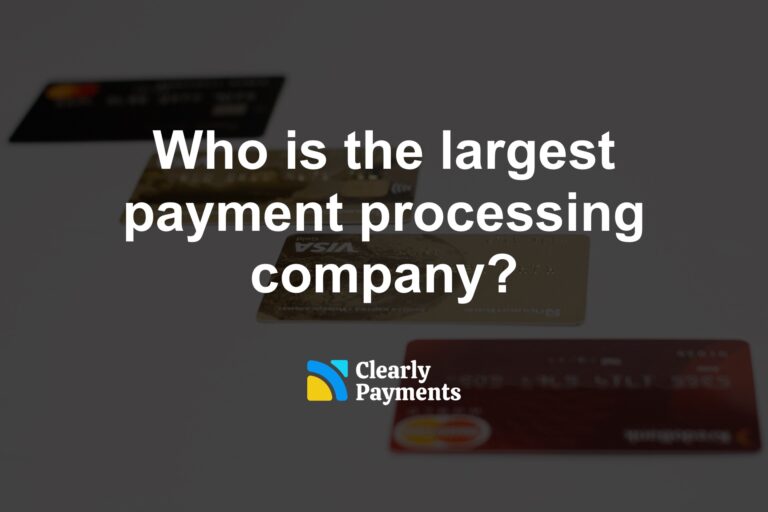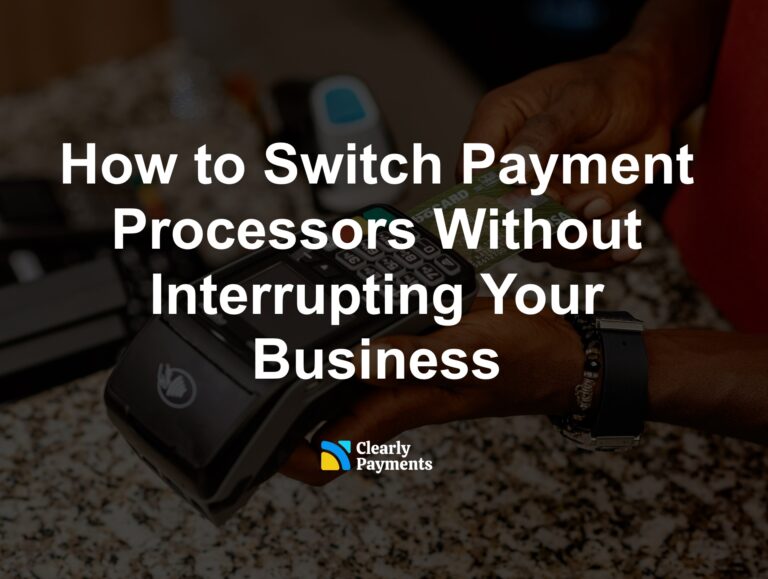The industry your business is in has a big impact on your interchange rate. Industry is a key factor that determines the risk level of a merchant.
Risk in payment processing refers to the potential for financial loss, fraud, regulatory non-compliance, or other negative outcomes associated with processing payments for a specific merchant. Payment processors make efforts to lower the risk so it can protect card networks and consumers from fraudulent or high-risk activities.
Underwriting plays a critical role in the risk management process. Underwriting is the process of assessing the risk associated with a merchant’s payment processing activities. The purpose of underwriting is to determine the level of risk a merchant poses to the payment processor or acquiring bank.
Underwriting involves a comprehensive review of the merchant’s business model, financial stability, industry, compliance with regulations, and risk management practices. The underwriting process helps payment processors determine whether to approve or decline a merchant’s application and establish appropriate terms, fees, and risk management strategies.
The level of risk a merchant has impacts the fees it pays. The higher the risk, the higher the payment processing fees, in particular, interchange fees.
What determines "risk" in payment processing?
Payment processors consider various factors to assess risk when evaluating merchant accounts. These factors help them determine the likelihood of chargebacks, fraud, regulatory non-compliance, and other potential issues. While the specific risk assessment criteria can vary among payment processors, here are some common considerations:
Industry Risk: Payment processors evaluate the industry in which the merchant operates. Certain industries, such as online gambling, adult entertainment, or cryptocurrency, are generally considered higher risk due to the potential for legal and regulatory challenges, higher chargeback rates, or fraudulent activity.
Business Model and Processing History: Payment processors assess the merchant’s business model, transaction volumes, processing history, and longevity. They may look for consistency, stability, and a track record of responsible processing practices. A history of excessive chargebacks, high refund rates, or fraudulent activity can be red flags.
Chargeback History: Payment processors review the merchant’s chargeback history to determine the level of risk. High chargeback ratios indicate customer dissatisfaction, potential fraud, or poor customer service. Excessive chargebacks can lead to financial losses for the payment processor, so they assess this metric carefully.
Financial Stability: Payment processors evaluate the merchant’s financial stability, including revenue, profitability, cash flow, and credit history. This analysis helps gauge the merchant’s ability to fulfill financial obligations and absorb potential losses.
Compliance and Regulations: Payment processors consider the merchant’s compliance with relevant laws, regulations, and industry standards. They assess factors such as adherence to payment card industry (PCI) compliance requirements, anti-money laundering (AML) and know your customer (KYC) regulations, privacy policies, terms of service, and refund policies.
Geographic Risk: Payment processors may consider the geographic location of the merchant and its customer base. Certain regions may have higher fraud rates or be associated with increased risk due to legal or regulatory factors.
Fraud Prevention Measures: Payment processors evaluate the merchant’s fraud prevention measures and security protocols. They look for the presence of fraud detection systems, secure payment gateways, tokenization, encryption, and other measures to mitigate the risk of fraudulent transactions.
Reputation Risk: Payment processors may assess the merchant’s reputation by checking online reviews, customer complaints, and public records. Negative reputation or unresolved issues can impact the merchant’s risk assessment.
Based on the evaluation of these factors and their risk appetite, payment processors determine whether to approve a merchant account, impose additional risk management measures (such as reserves or transaction monitoring), or decline the application altogether.
It’s important to note that risk assessment approaches can differ among payment processors, and each provider has its own underwriting guidelines and risk tolerance levels. Merchants should be prepared to provide accurate and comprehensive information during the application process to enable payment processors to make an informed risk assessment.
Types of industries that can be considered risky
Risky merchants in payment processing are in industries that pose a higher level of risk to payment service providers, acquirers, and financial institutions. These industries have a higher amount of chargebacks, fraud, legal or regulatory issues, and financial losses. Here are some examples of risky industry categories:
High-Risk Regulations: Certain industries are considered inherently high-risk due to their nature or regulatory restrictions. These may include online gambling and casinos, adult entertainment, online dating, cryptocurrency exchanges, firearms and ammunition sales, pharmaceuticals, and tobacco products.
Subscription-Based Businesses: Merchants offering subscription-based services (recurring billing), such as membership sites, software-as-a-service (SaaS), or recurring billing models, are sometimes considered higher risk due to the potential for customer dissatisfaction, recurring chargebacks, or disputes related to cancellation or billing practices. However, in recent years, subscription models have become more popular and the overall risk level is decreasing.
Online Retail: Ecommerce and online merchants face risks related to card-not-present transactions, where the physical card is not present during the transaction. This includes online marketplaces, electronics, luxury goods, and apparel retailers.
Travel and Hospitality: Businesses in the travel industry, such as airlines, hotels, vacation rentals, and travel agencies, can be classified as higher risk due to the potential for chargebacks related to cancellations, disputes over services rendered, or fraudulent bookings.
Forex and Binary Options: Merchants involved in foreign exchange trading or binary options trading can be considered higher risk due to the volatility of these markets and the potential for fraudulent activities.
Multi-Level Marketing (MLM): MLM companies or businesses that operate under a pyramid scheme structure may be considered risky due to the potential for deceptive practices, unfulfilled promises, or unsustainable business models.
Future Delivery: Businesses with future delivery are considered high risk businesses. Future delivery occurs when you sell a product but do not deliver the product or service for months down the road. An example is made to order furniture.
It’s important to note that being categorized as a risky merchant doesn’t necessarily imply unethical practices or illegal activities. However, payment service providers and financial institutions may impose additional scrutiny, stricter underwriting requirements, higher fees, or limited service options for these types of merchants.
How much more do merchants in risky industries pay for payment processing?
The exact percentage and amount that risky merchants pay above standard processing fees differ greatly based on individual circumstances such as the merchant size, location, customer base, and payment processing history. In some cases, these fees can be significantly higher, ranging from 1% to 5% higher or more, depending on the level of perceived risk associated with the merchant’s business.
The average merchant pays approximately 2.6% in payment processing fees. A risky merchant, on the other hand, may pay 4% to 9% with a likely average somewhere in the 5% range.
The increased costs for risky merchants are typically justified by payment processors to mitigate the potential financial liabilities and risks they may face by providing services to high-risk businesses. The extra fees help offset the potential losses from chargebacks, fraud, legal issues, or compliance violations.
It’s important to note that not all payment processors treat risky merchants the same way, and the fees and terms can vary.
Get the best payment processing with Clearly Payments
- Lowest-cost processing in the industry
- Fund transfers in less than one day
- A full set of payment products to accept payment anytime, anywhere
- World-class customer service




